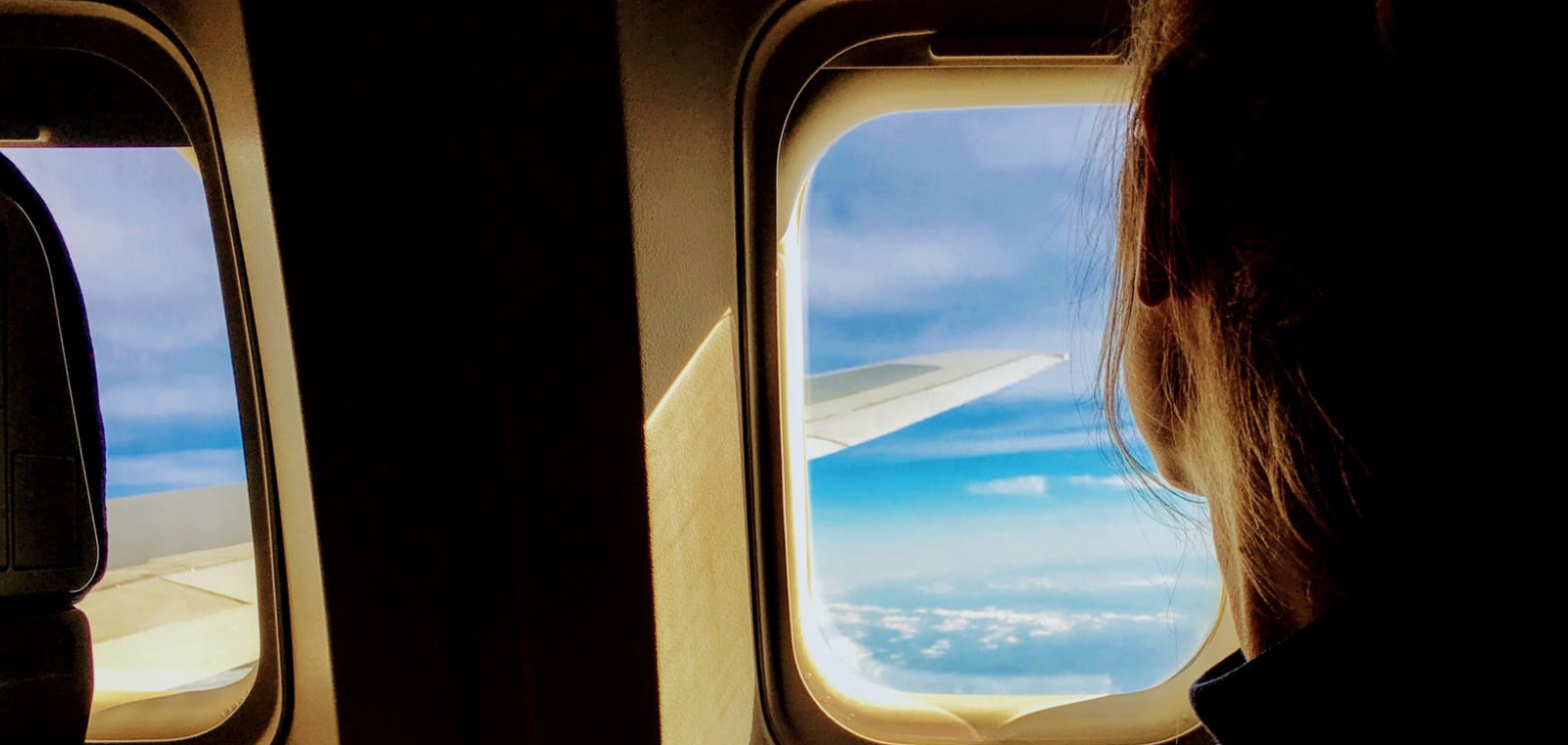5 German Arias for Tenors You Probably Didn't Know About
Welcome to the Arias You Probably Didn't Know About Series. If you haven't already seen 5 German Arias for Mezzo You Probably Didn't Know About or 5 German Arias for Soprano You Probably Didn't Know About, I highly suggest them. In this, our third instalment, the guys finaly make their debut. As it is in opera in general, the tenors come first. While there are great German arias for tenor out there, these arias you probably haven’t heard of are sure to spice up your aria package and save you from all that Mozart passagio singing you have been trying to escape.
1. “Ja, hoffe Kunigunde!” from Faust by Louis Spohr
The Run Down:
- Includes Recitative: Yes
- Run Time: Depends on cuts
- Range: D#3 - B natural 5
- Tessitura: G3 - G4
- What it shows: Coloratura, high notes
- What it doesn’t show: Low notes, acting
Helpful links:
- Sheet music
- Louis Spohr: IMSLP, Wiki
- Faust: IMSLP, Wiki
- Spotify recording
Finally, a German aria for tenor with a little bounce! Don’t get me wrong, there are plenty of bouncy and happy moments for tenors in German operas, but the majority of German arias tenors use in auditions favor the languorous melodic sound, always full of pining and sometimes boredom. This aria from Louis Spohr’s Faust is a happy reprieve, with a catchy tune and joyous rhythms. There is also recitative before if you need it, but it likely isn't worth the added run time.
This aria shows a lot. It has a decent dose of coloratura, something which can be hard to find in German rep. It also has an assortment of high notes including plentiful high A’s and two high B naturals. One of the B's is a short upper neighbor B, the other is held and approached by leap. The fact that almost all of the sustained G’s and A’s in the aria are approached by leap is also worth noting. For those of you who hate the passagio climb, this aria may be perfect for you.
Cuts and run times:
- Start from the beginning of the aria, the double bar marked allegro at the bottom of pg. 68. Have the pianist play the first two beats of the last bar, third system, pg 69. Then sing the anacrusis to the third system on pg. 70 and have them begin on that downbeat. It will sound a little jarring, but there is no good way to make the harmonic transition unless you’d like to compose a transition yourself. Sing from there to the end as normal: 3:40.
- In addition to the cut above, also cut from the last bar, first system of pg. 71 to the third bar, second system of pg. 73. This removes a contrasting section that has little going for it and cuts out a minute of run time: 2:40.
2. “Hinweg! dein dräuend Angesich erstart mein blut... Mir schien der Morgen aufgegangen” from Undine by Albert Lortzing
The Run Down:
- Includes Recitative: Yes
- Run Time: Depends on cuts
- Range: E♭3 - C5
- Tessitura: B3 - G4
- What it Shows: High notes
- What it doesn’t show: Coloratura, low range
Helpful Links:
- Sheet music
- Albert Lortzing: IMSLP, Wiki
- Undine: IMSLP, Wiki
- Spotify recording
Much like the soprano aria from Undine featured in 5 German Arias for Soprano You Probably Didn’t Know About, this aria is a beautiful behemoth that deserves a full performance in the concert hall. For an audition however, it's probably a good idea to cut it. If you are brave enough to cut it down and use it, you will be rewarded handsomely. The aria has not one, not two, but three high C’s, a nice up beat tune, and all under three minutes if you take the suggested cut.
Cuts and run times:
I would either do the whole aria or use cut number four. Always trust the advice of your teacher and coach on whether or not to take cuts when presenting arias in audition and competition.
- Start from the double bar marked allegro at the bottom of pg. 205: 6:40.
- Start from the double bar marked andantino on pg. 207: 5:30.
- Start at the top of pg. 208, marked larghetto: 5:00.
- Start with the anacrusis to the double bar marked Recit. on pg. 210. Also, for the sake of the pianist, cut the orchestral interlude from the double bar in the second system of pg. 210 to your anacrusis into the fourth bar of the fourth system of that same page with the words “Nur sie.” It is all in the same key and is unnecessary. Even the linked YouTube video cuts it: 2:50.
3. “Ob ich dich liebe, frägst du mich?” from Der Operdnprobe by Albert Lortzing
Aria Starts at 25:31
The Run Down:
- Includes recitative: No
- Run time: 3:25
- Range: E♭3 - B♭4
- Tessitura: F♯3 - G4
- What it shows: Legato and line, middle voice, some high notes
- What it doesn’t show: Coluratura, emotional or dynamic range
Links:
- Sheet Music
- Albert Lortzing: IMSLP, Wiki
- Die Opernprobe: IMSLP, Wiki
- Spotify Recording
I, like Strauss, am a big fan of operas about opera, mostly because it gives me a chance to say “that’s so meta.” Beyond being about every opera singer's favorite subject, this aria has a lot to offer. While it does exist in the same sound group as those aforementioned Mozart pining classics like “Dies bildnis,” and “Ich baue ganz,” this aria has a more romantic sound to it. That, combined with a shorter run time of 3:25, a nice Bb, and less of the dreaded Mozart passagio singing tenors love so much, makes this aria a valid second option, especially for those whos voices aren't flattered by Mozart’s.
4. “Von Jugend auf in dem Kampfgefild...Jezt geisst sich aus ein sanfter glanz” from Oberon by Carl Maria von Weber
The Run Down:
- Includes Recitative: No
- Run time: 6:00
- Range: D3 - B4
- Tessitura: G♯3 - G♯4
- What it shows: High notes, line, heroic singing, contrasting styles
- What it doesn’t show: Low range, acting
Helpful links:
- Sheet music
- Carl Maria Von Weber: IMSLP/ Wiki
- Oberon: IMSLP/ Wiki
- Spotify recording
I love this aria. When I first found it I thought, “Great, another really long aria for tenor.” Despite having listened to it several times when writing this article, it never once felt long or labored. My hypothesis for why that is is that it has a perfect amount of contrasting material to generate constant interest while never losing continuity. Unfortunately, it is that same continuity that makes this aria hard to cut, and it’s likely that cuts would be frowned upon in any case. This may proclude the aria from being used in standard auditions, but it could be a great recital piece or competition aria. As an added bonus, the aria can also be sung in English. The opera debuted in English and there are as many recordings are in English as there are in German. You can find the English version using the IMSLP link given above. Here is a link to a recording of the aria in English.
5. “Magische Töne berauchender Duft, küße mich” from Die Königin von Saba by Karl Goldmark
The Run Down:
- Includes recitative: No
- Run time: 3:30
- Range: G3 - C5
- Tessitura: A3 - G4
- What it shows: Line and piano singing
- What it doesn’t show: Coloratura, dynamic range, low range
Helpful links:
- Sheet Music
- Karl Goldmark: IMSLP / Wiki
- Die Königin von Saba: IMSLP / Wiki
- Spotify recording
My infatuation with Karl Goldmark has been well established in the German Arias You Probably Didn’t Know About series. I was shocked to find that an aria of his already had a cult following. "Magische Toöne" from Die Koönigin von Saba has been amply performed and recorded by many famous artists, most notably Nicolai Gedda, as well younger artists such as Ben Bliss, shown above performing the aria with immeasurable grace. This serenade is a perfect example of Goldmark’s unabashed embrace of pure lyricism. What sets this aria apart from previous excerpts in this series is the absence of required cuts. It is perfectly contained in its own musical confines.
Other than its pure radiant beauty, the aria is a showpiece for controlled lyrical singing. That includes its breath taking final passage of ascending leaps up to high C, all sung piano. While this soft and amorous singing does put this aria into the same general soundscape as Mozart’s more famous arias for tenor, we can all agree this has a character all it’s own, and is guaranteed to melt the hearts of anyone who listens it.
Coming Soon
Three down two to go. Be sure to follow us on Facebook, Twitter and Instagram to hear which voice type we will cover next.








